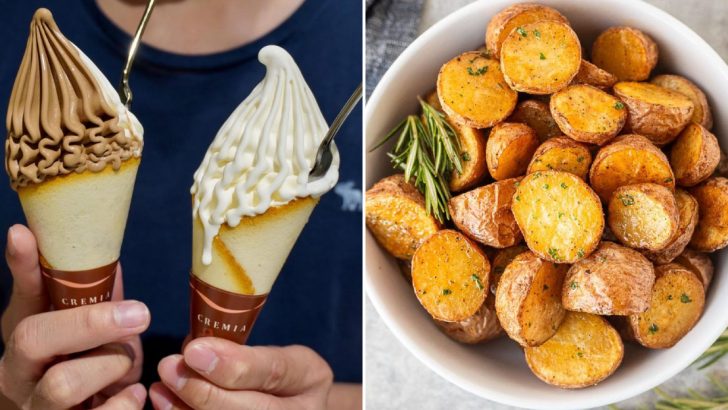Understanding how different foods impact our insulin levels can be an empowering tool for managing health and wellness.
Whether you’re aiming to control your blood sugar or simply curious about nutrition, knowing which foods to enjoy and which to limit is crucial. Let’s explore twenty foods that either spike or help regulate insulin levels.
1. White Bread

White bread, though delightful in its fluffy texture, can rapidly increase your insulin levels. Why? It’s made from refined flour, lacking vital nutrients. Where whole grain is absent, glucose absorption is swift.
Consider switching to whole-grain alternatives. Your body will thank you! Bread can be comfort or chaos on your insulin journey.
2. Broccoli
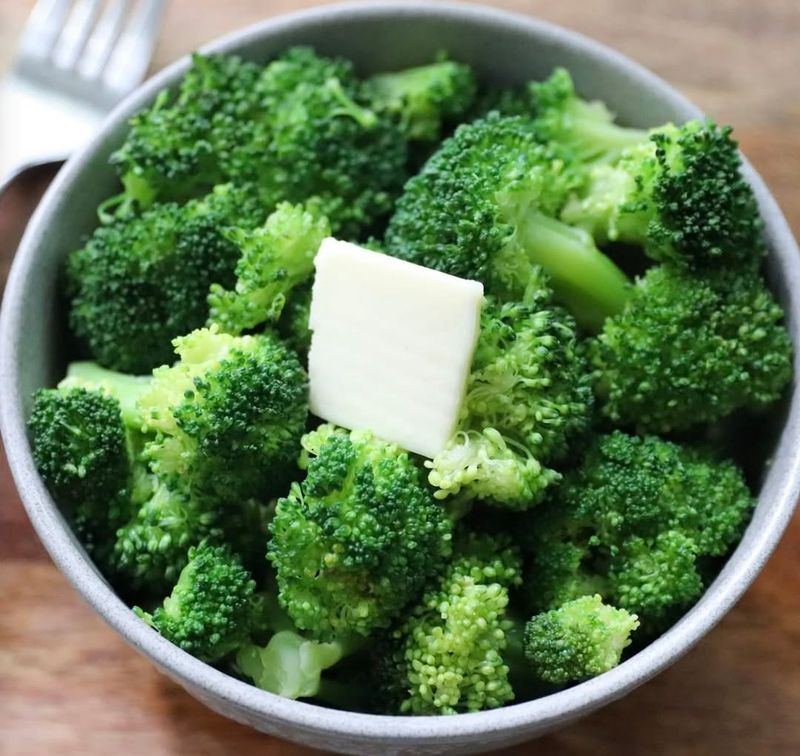
Broccoli isn’t just praised for its nutrient density—it’s also a friend to your insulin levels. How does it help? It boasts a low glycemic index, ensuring a slow glucose release.
This green veggie is an ally in maintaining steady blood sugar. Remember, incorporating broccoli into your meals can bring balance to your plate and peace to your pancreas.
3. Sugary Cereals

Sugary cereals might seem like a quick breakfast fix, but beware—they can cause a spike in your insulin levels. How can a morning meal wreak such havoc? High sugar content!
If you crave cereal, search for options low in sugar and high in fiber. This change can transform your breakfast from chaotic to calm.
4. Quinoa
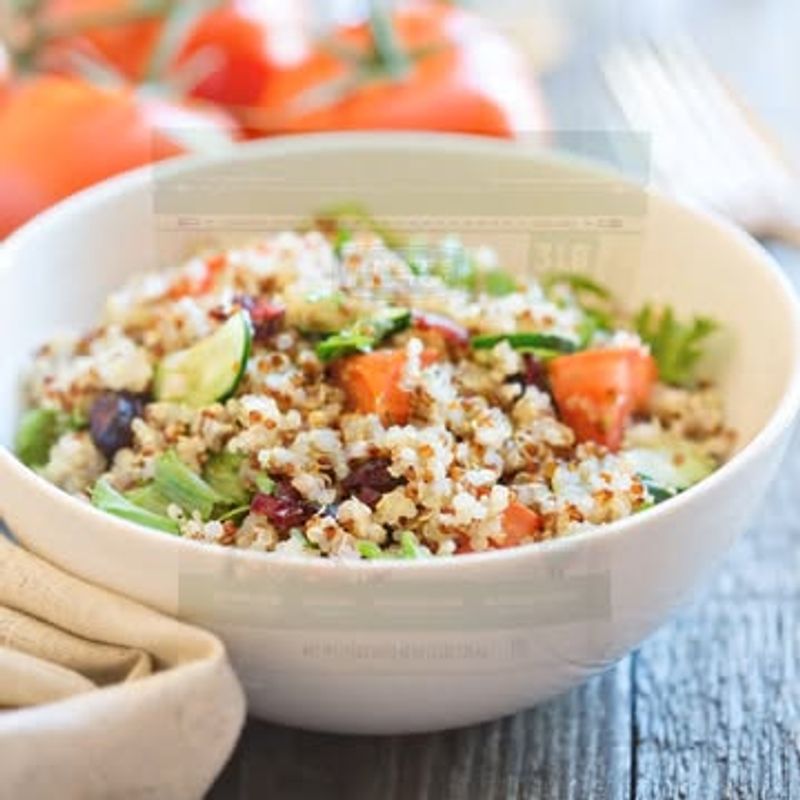
Quinoa is a superfood that impresses with its ability to stabilize insulin levels. Why is it so effective? High in protein and fiber, quinoa slows the absorption of glucose.
Replace your regular grains with this ancient seed to keep your blood sugar steady and your taste buds delighted. Quinoa is both versatile and vigilant in your diet.
5. Potatoes
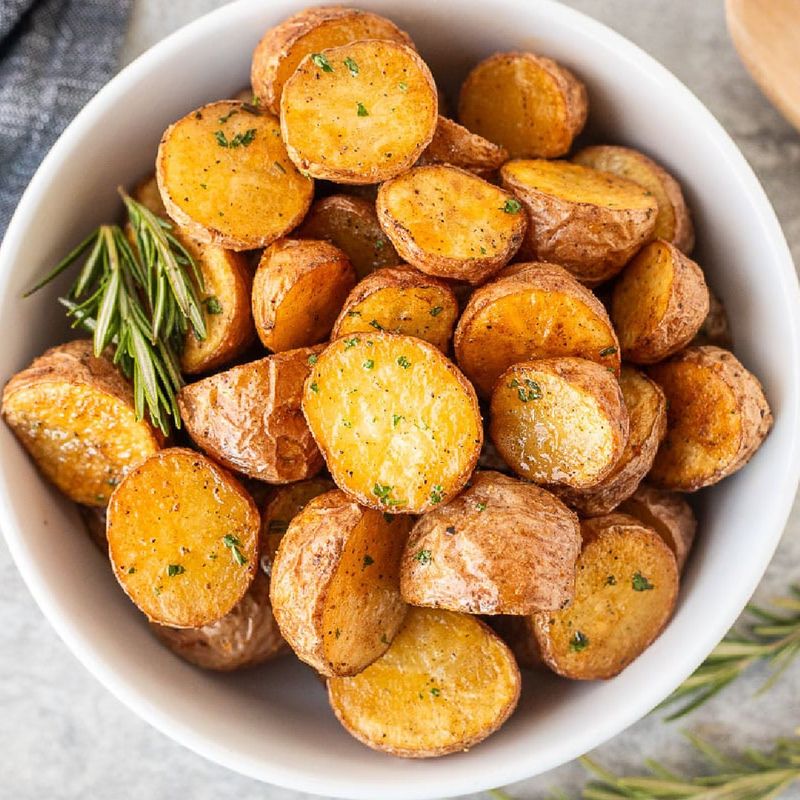
Potatoes, especially when mashed or fried, can send your insulin skyrocketing. How can something so simple be so sneaky? High in starch, potatoes break down into sugars swiftly. If you adore potatoes, try moderation or seek sweet potatoes as an alternative.
Enjoy the comfort, but watch for the insulin consequences these tubers can bring.
6. Leafy Greens
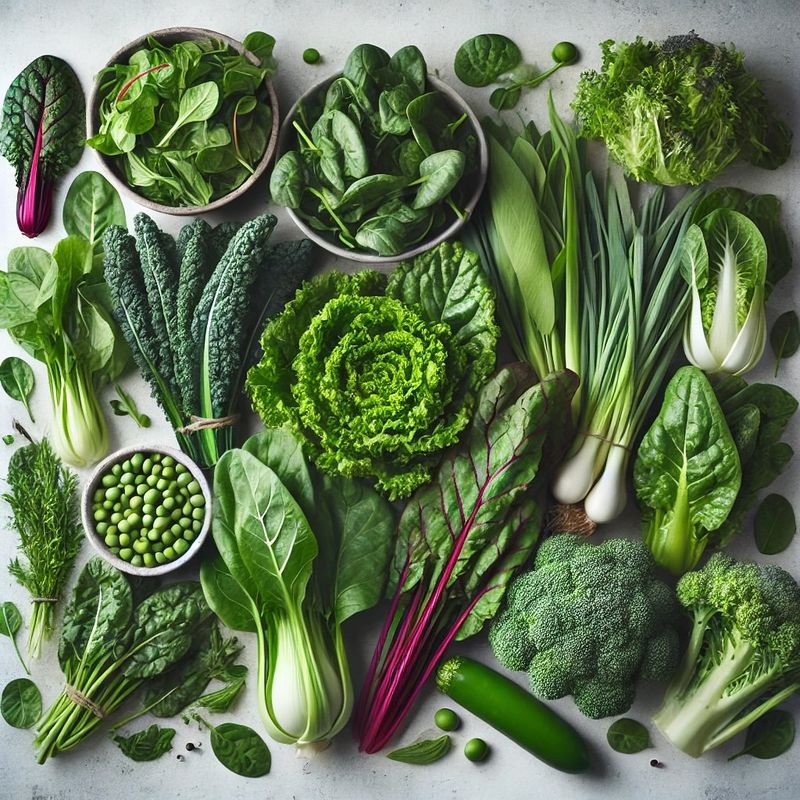
Leafy greens are champions in the insulin world. Why are they so beneficial? Packed with vitamins and low in carbohydrates, they help maintain steady blood sugar. Incorporating these greens into salads or smoothies can be a delicious strategy for those looking to balance their insulin levels.
Let these vibrant veggies lead your health parade.
7. White Rice
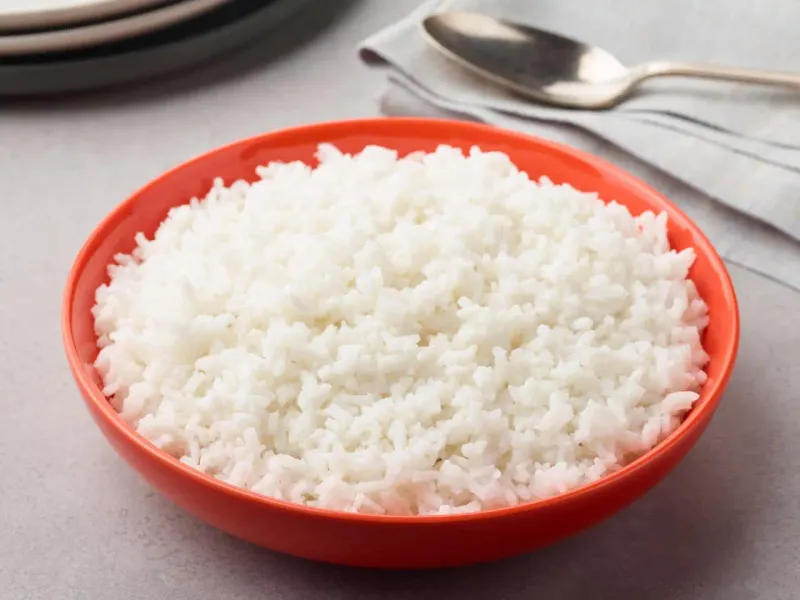
White rice, though a staple for many, can trigger an insulin spike. How? It’s all about its high glycemic index, which promotes rapid sugar absorption.
Switching to brown rice or quinoa can help mitigate this effect. This swap not only stabilizes insulin but also adds more nutrients to your meal. Choose wisely for your wellbeing.
8. Berries
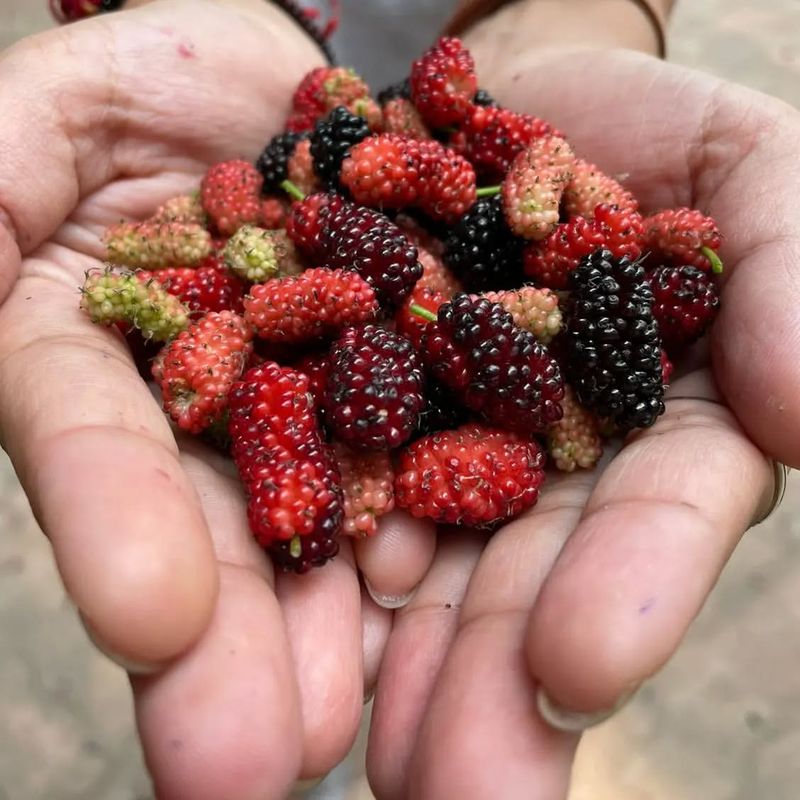
Berries are nature’s candy, offering sweetness without the sugar rush. How do they achieve this? Packed with fiber and antioxidants, berries help regulate insulin levels.
Enjoy them as a snack or in a dessert. They provide a sweet solution to those sugar cravings without the insulin drama. Let berries be the sweet support in your diet.
9. Pasta
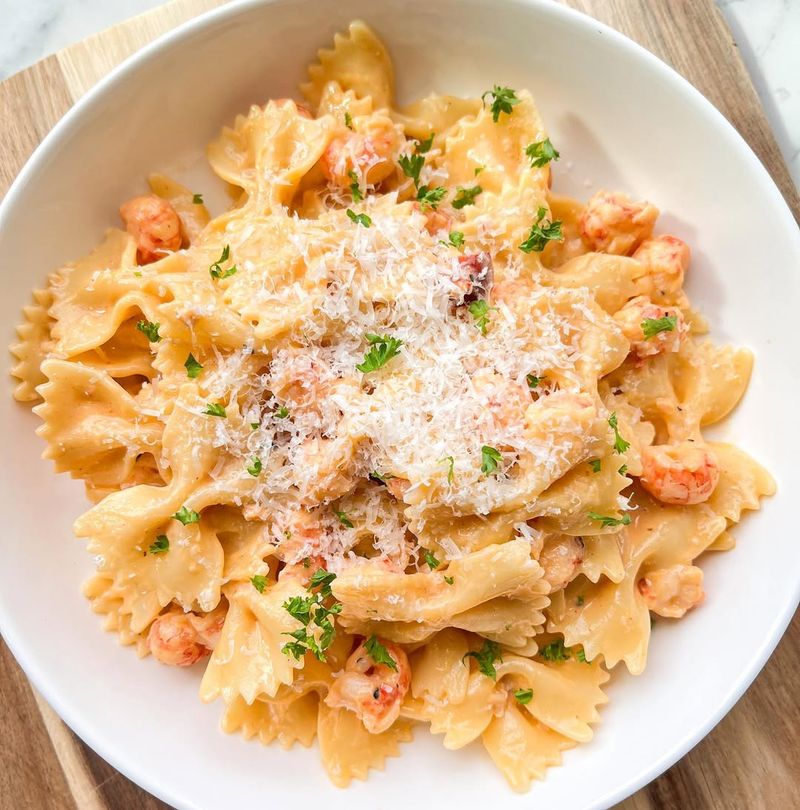
Pasta, especially the refined kind, can be problematic for insulin control. Why does it affect you so? It’s high in carbohydrates, which quickly convert to sugar.
Opting for whole grain pasta or zucchini noodles can provide a tasty alternative. This switch allows you to enjoy your pasta dishes while keeping insulin spikes at bay.
10. Chia Seeds
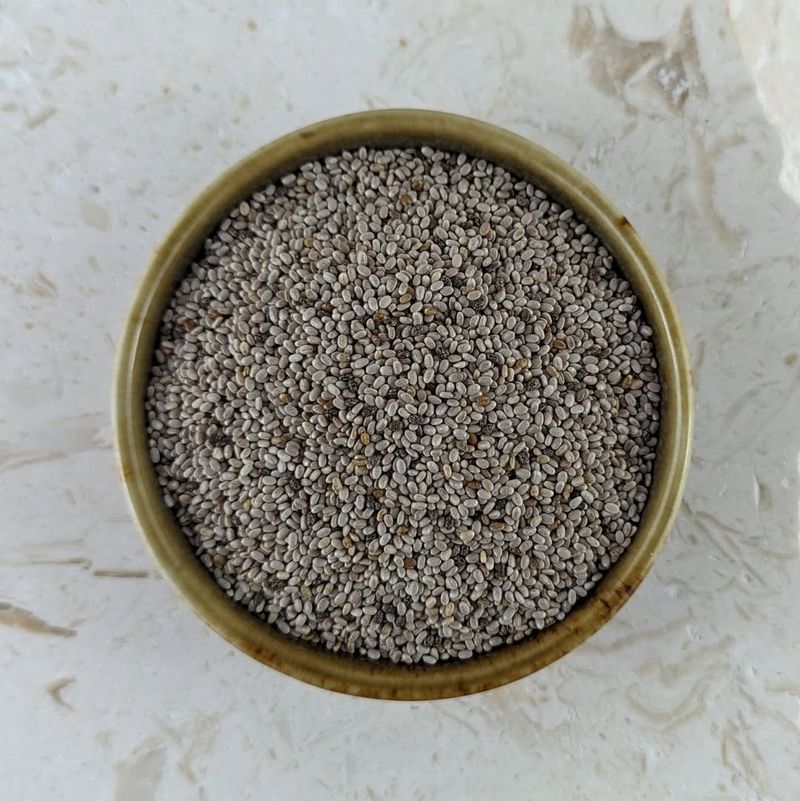
Chia seeds may be small, but they pack a punch in regulating insulin levels. How so? Rich in fiber and omega-3s, they slow down glucose absorption.
Adding chia seeds to smoothies or yogurt can enhance your meals while supporting stable insulin levels. Embrace these tiny seeds of health and add a sprinkle of stability to your diet.
11. Soda
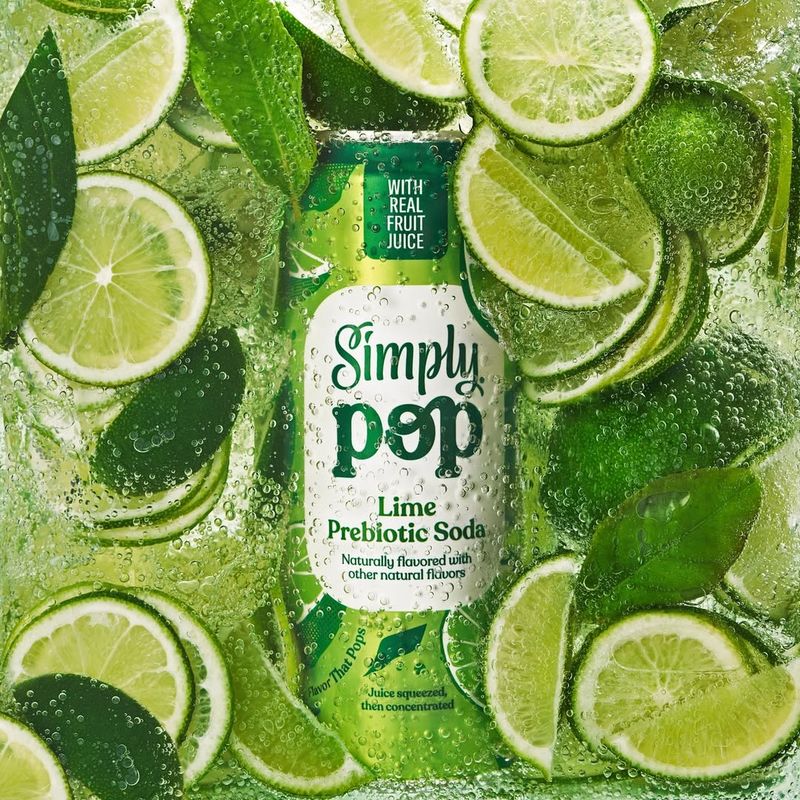
Soda, though refreshing, is notorious for spiking insulin levels. How does something so bubbly cause such trouble?
High in sugar and devoid of nutrients, soda is best swapped for water or herbal tea. Making this change can quench your thirst and calm your insulin response. Remember, the fizz isn’t worth the insulin frenzy.
12. Nuts
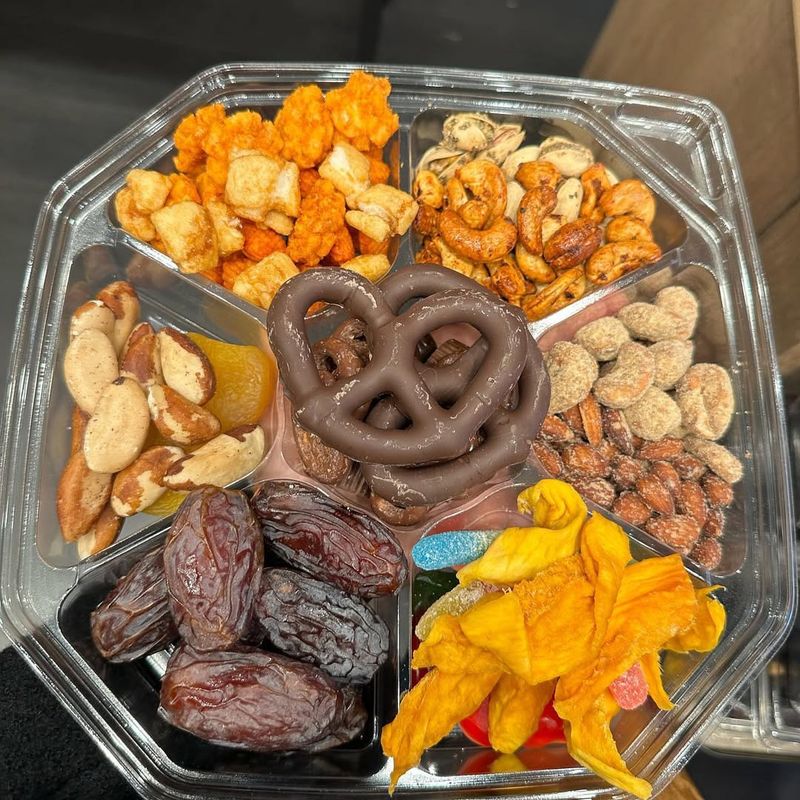
Nuts are tiny treasures for your insulin management. Why are they so effective? Packed with healthy fats and protein, nuts help slow sugar absorption. Enjoy them as snacks or add them to dishes.
This simple addition can be a game-changer for your blood sugar. Let nuts be your crunchy companions on your insulin journey.
13. Candy
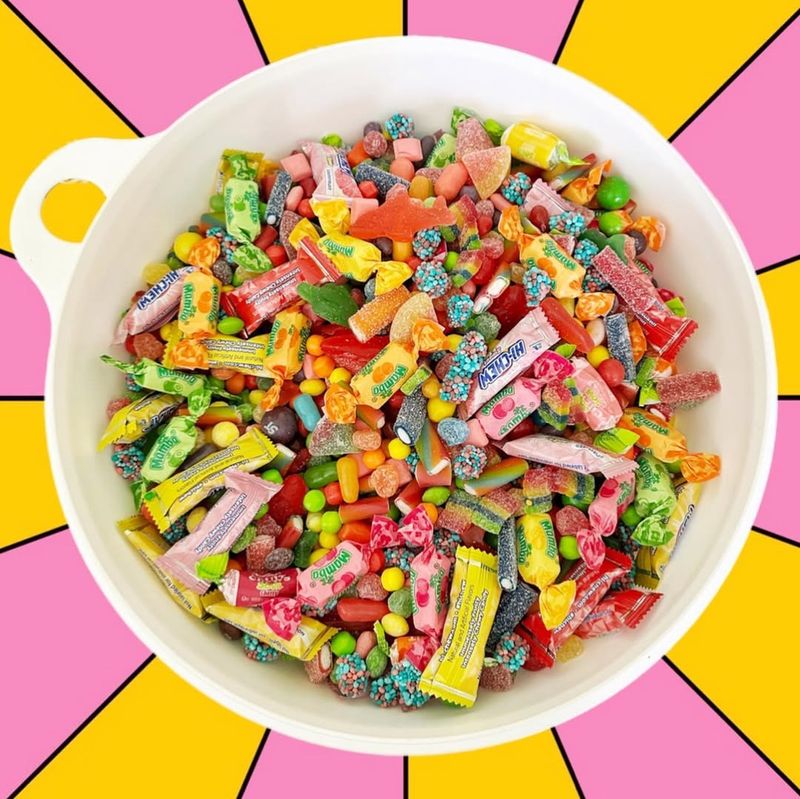
Candy, though tempting, is a notorious insulin agitator. Why does it act so swiftly? High in sugar and low in fiber, candy causes rapid insulin spikes. If you seek sweetness, consider fruits or dark chocolate.
This choice can satisfy your sweet tooth without the insulin turmoil. Remember, a moment on the lips, a spike in the pancreas.
14. Beans

Beans are a boon for those looking to stabilize insulin. How do they help? High in fiber and protein, beans release sugar slowly.
Incorporating them into your diet can assist in maintaining balanced blood sugar. Whether in soups, salads, or stews, beans are versatile allies in your culinary adventures. Let beans be the steady support in your meals.
15. Ice Cream

Ice cream, while delightful, can send insulin levels soaring. How does this treat cause such a stir? Laden with sugar and fat, ice cream triggers rapid insulin spikes.
For a healthier indulgence, try frozen yogurt or homemade fruit popsicles. These alternatives can satisfy cravings without the sugar shock. Keep your cool without the insulin chaos.
16. Oatmeal
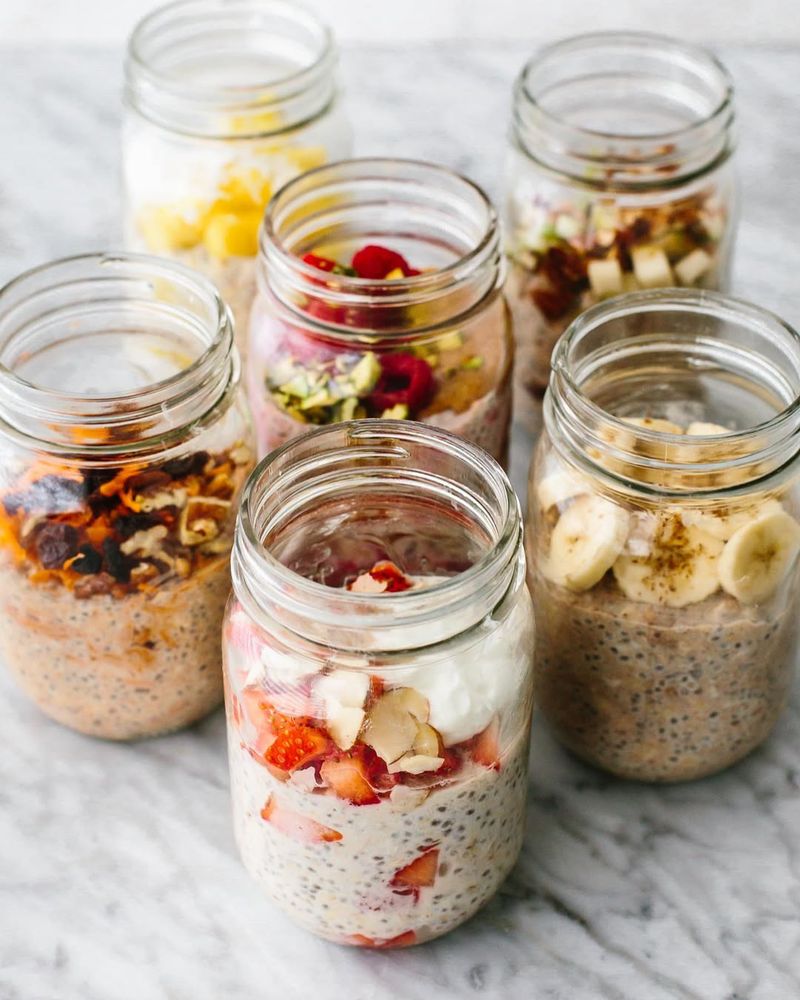
Oatmeal is a breakfast hero for insulin control. Why does it stand out? Rich in soluble fiber, oatmeal promotes a gradual glucose release.
Starting your day with oatmeal can set a steady tone for your blood sugar. Spice it up with fruits or nuts for flavor and extra benefits. Oatmeal is the hearty hug your pancreas deserves.
17. Fruit Juice
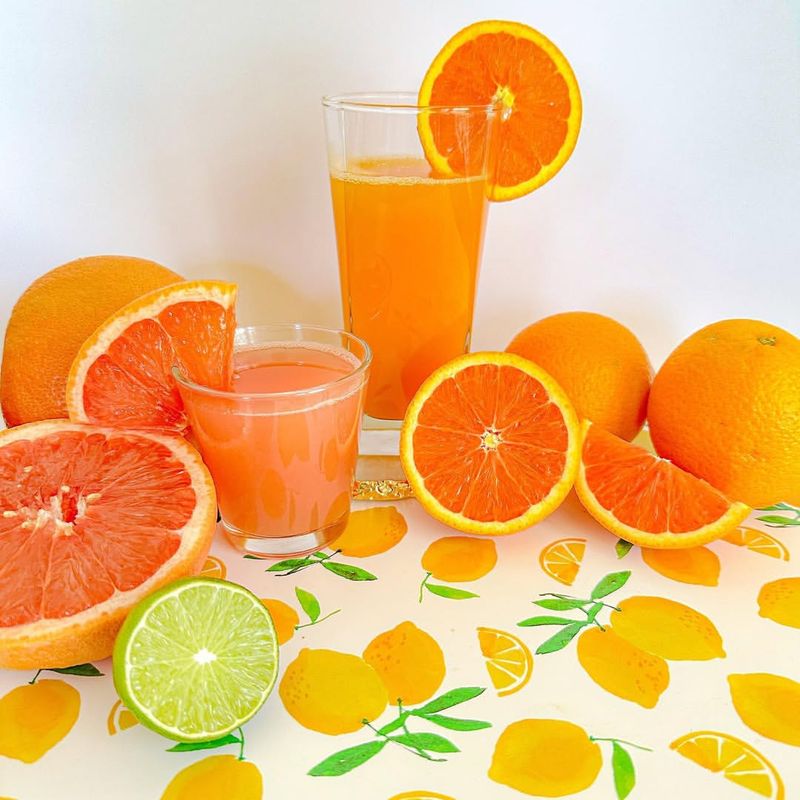
Fruit juice, though seemingly healthy, can spike your insulin. How can this be? Stripped of fiber, juices cause rapid sugar absorption.
Choosing whole fruits instead can provide fiber and nutrients without the spike. This choice keeps your thirst quenched and your insulin steady. Opt for the whole fruit, and let your enzymes do the juicing.
18. Avocado
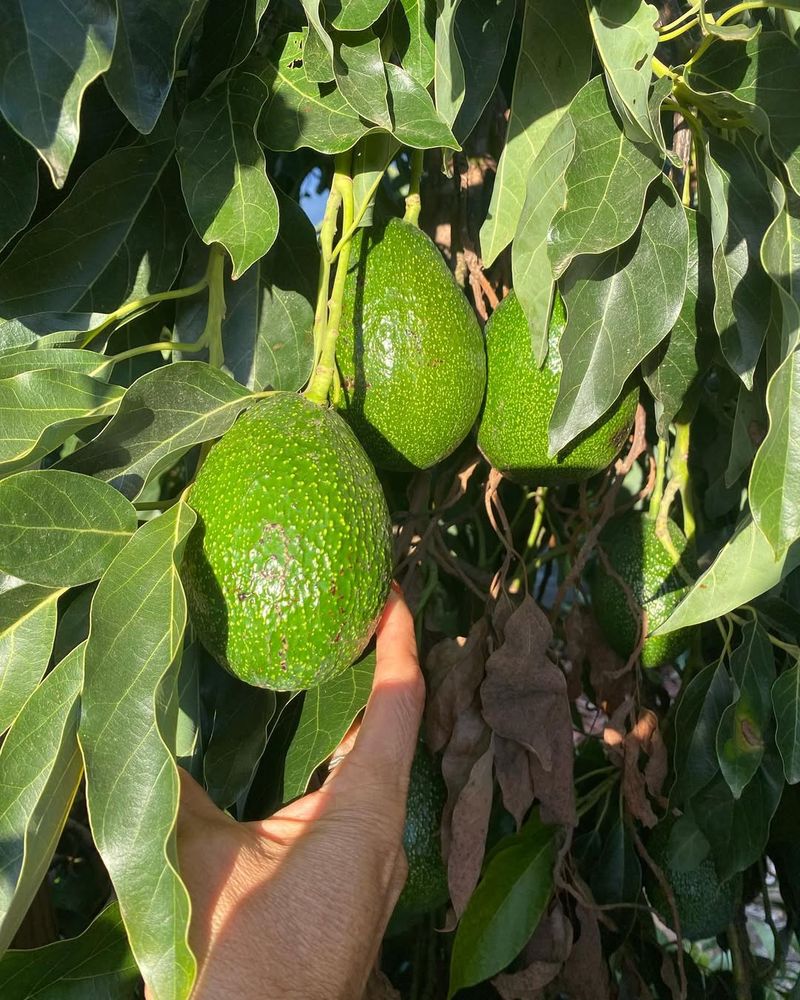
Avocado is a creamy companion for insulin regulation. How does it contribute? Rich in healthy fats and low in carbohydrates, avocado slows down sugar absorption.
Adding avocado to salads or toast can enhance flavor while supporting steady blood sugar. Let avocados be the buttery balance in your diet, offering both taste and tranquility.
19. Fried Foods
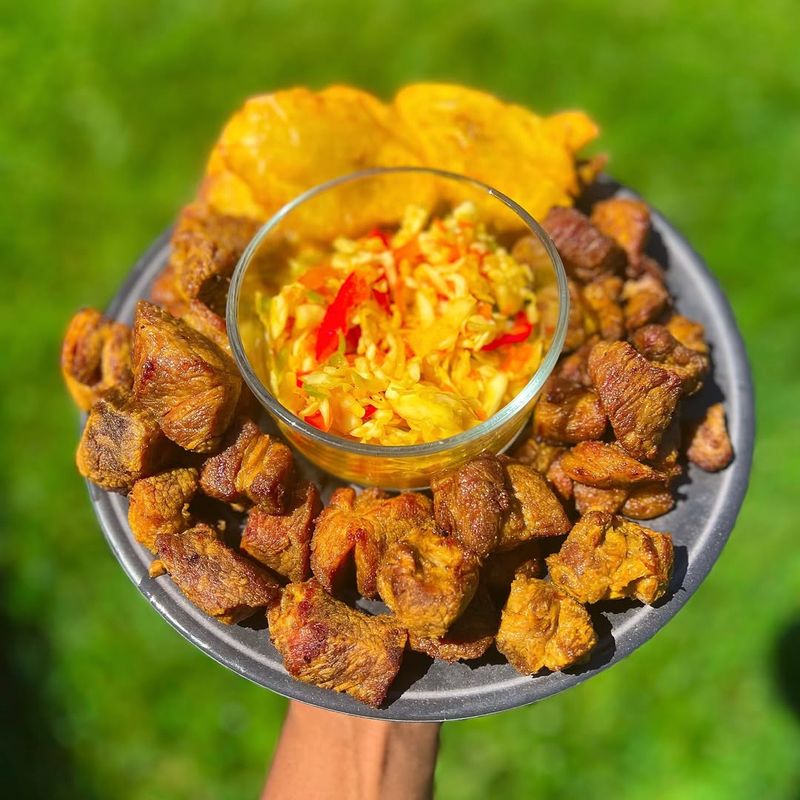
Fried foods, while tempting, can wreak havoc on insulin levels. Why are they so problematic? High in unhealthy fats and carbohydrates, they prompt insulin spikes.
Considering baked or grilled options can satisfy cravings without the chaos. This method helps maintain balance and reduces the insulin rollercoaster. Choose wisely, and let your health thrive.
20. Cinnamon
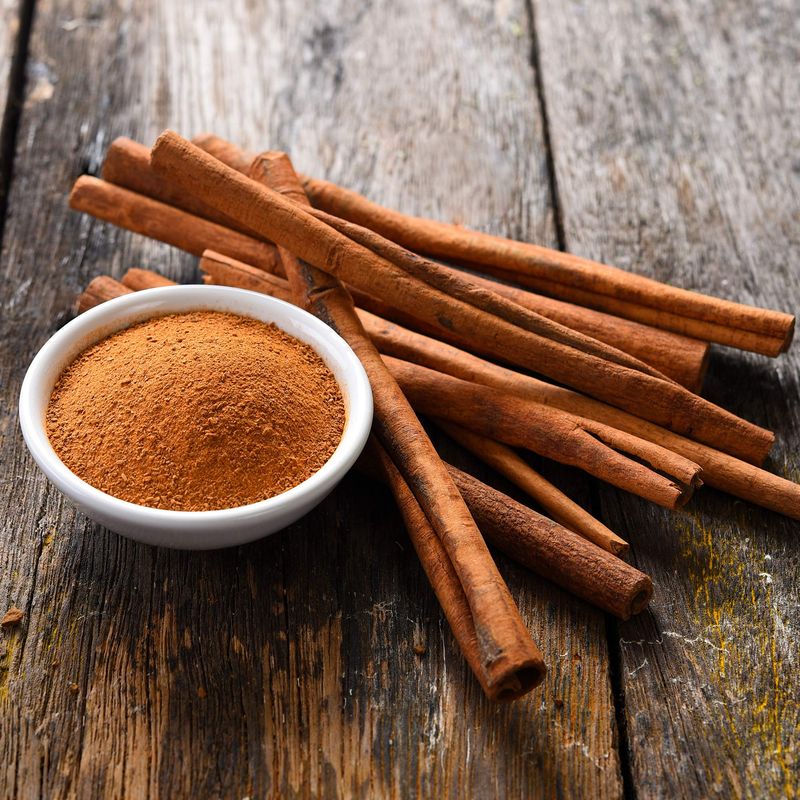
Cinnamon may be small, but it’s mighty in managing insulin. How does it help? Known for its ability to improve insulin sensitivity, cinnamon can be sprinkled in desserts or drinks.
This spice helps sweeten your meals naturally while supporting blood sugar control. Let cinnamon be the sweet magic in your culinary creations.

